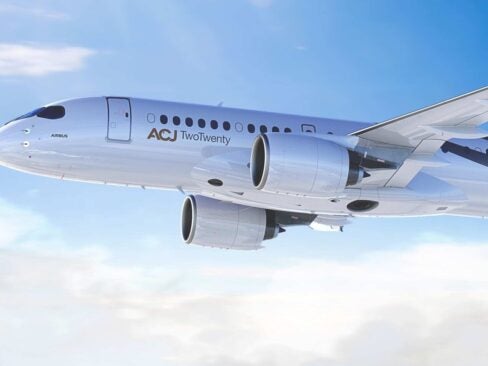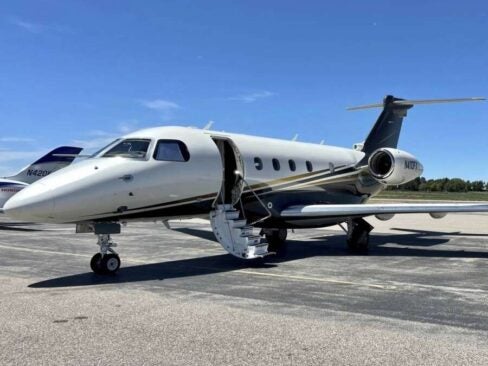Key macroeconomic trends, such as a slowdown in wealth creation, the migration of ultra-high net worth individuals from emerging market economies and the fluctuation of oil prices were also examined. The impact of such factors in the business aviation sector appear to show lower predictions as opposed to last year in terms of deliveries and revenues. However, in spite all of all of these challenges, the next decade shows promising results, particularly due to the growth of the North American market.
 Jetcraft’s second annual business aviation market forecast has called for 7,879 unit deliveries representing $248 billion in revenues to be realized over the next 10 years.
Jetcraft’s second annual business aviation market forecast has called for 7,879 unit deliveries representing $248 billion in revenues to be realized over the next 10 years.
“Last year, we highlighted the unpredictability of our industry since 2008, and the impact of global events during the past 12 months have certainly continued this trend,” said Jetcraft’s Chairman Jahid Fazal-Karim.
“As global factors continue to influence the business aviation market, we are uniquely positioned—through our 20+ offices worldwide—to qualitatively test our forecast’s assumptions and the impact of these global factors on the ground, providing a cumulative view that joins our analysis with real-world business transactions, ” he added.
The forecast predicts a decrease of 10% in unit deliveries and 9% in revenues from last year, largely due to the continued weakening influence of emerging market economies as consumers of business aviation. The muted business cycle is expected to recover, reaching its peak by 2021, with delivery of 932 units representing $29.4 billion in revenues, before taking a three-year dip as part of a softer downturn. However, the envisaged downturn is expected to be less severe as opposed to last year’s forecast.
Jetcraft’s analysis also indicates a return to a more North American-dominant market as overall unit deliveries throughout the forecast period will disproportionately decrease in international markets.










